Entering Obsidian Entertainment‘s studio in Irvine, California, is like taking a whistle-stop tour through the developer’s history. Two suits of armor from Fallout: New Vegas frame the logo lighting up the center of the entranceway – a replica of the iconic Desert Rangers’ outfit from the game’s cover looms over the room on one side, while the heavy, imposing plate worn by the Brotherhood of Steel stands on the other. To the left, a glass cabinet hugs the wall filled to the brim with collectibles that would be the envy of fans everywhere. From The Outer Worlds’ Spacer’s Choice MoonMan helmets, to special editions of Knights of the Old Republic 2, Dungeon Siege 3, Neverwinter Nights 2, and South Park: The Stick of Truth, the studio’s portfolio is displayed proudly. Everything serves as a clear reminder of how many adventures the studio has brought us over the years, and how it’s made a name for itself through putting variety, storytelling, worldbuilding, and choice and consequence at the forefront of its ethos.
Shortly after seeing Obsidian’s past on display, I get to experience what’s in store next with a demo of its upcoming RPG, Avowed. By taking us back to Pillars of Eternity’s fantasy universe, Avowed is not only building on what’s come before, but it’s also treading new ground by incorporating flexible combat, a new parkour system, and more. While my time with the new adventure is limited to a few hours, in certain respects, it already feels like the culmination of the studio’s experience.
Avowed art director Matt Hansen, who sits down for a chat during my studio visit, says that legacy gives Obsidian a sort of patchwork flexibility: “The nice thing is, with each game that we make, we can reference that thing and say, like, actually, how did Grounded handle that? Or how did they do it on The Outer Worlds? Or how did Pentiment handle that storytelling beat, or whatever? And we go, cool. We explored that there. Let’s bring in all the greatest hits of that stuff, which is really satisfying, but then also remembering what our core DNA as a studio is, right?,” Hansen explains. “We’ve got that mantra of ‘your worlds your way’. We want to make sure that the player feels empowered to play the game in ways that excite them and occasionally will hopefully surprise them as well.”
Play your way
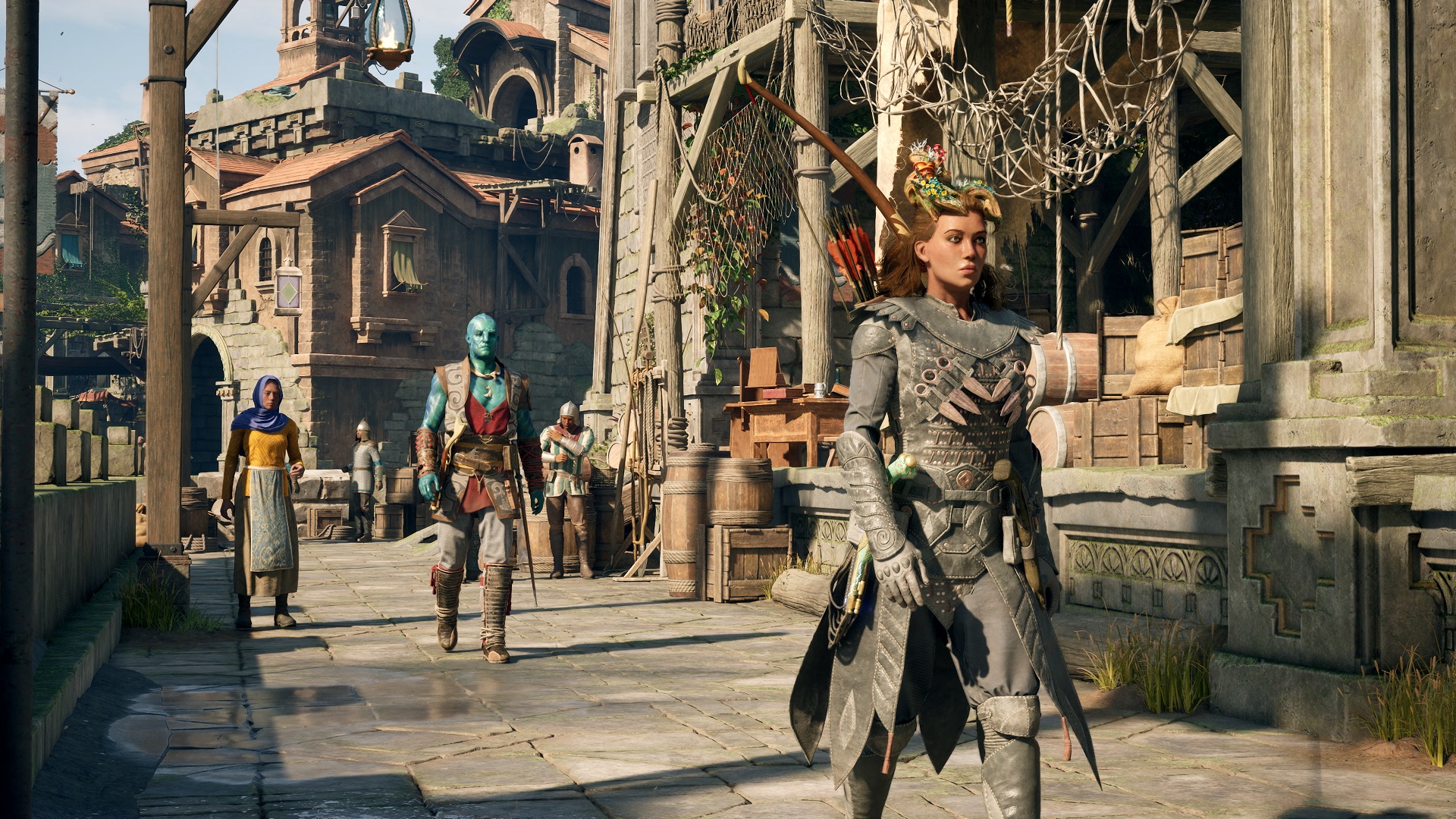
“Your worlds, your way” begins in Avowed’s character creator. With a myriad of options to bring your very own Envoy of Aedyr to life, I start altering the look of a preset character to my liking, changing up their hair, adjusting facial features, and adding scars, blemishes, and more. As my character is what’s known as a Godlike – a “rare individual whose soul has been touched by the gods at birth” – I can also choose from a variety of distinctive telltale markings of my mystery deity, such as fungal mushrooms that frame their eyes, or bark that juts up from their forehead and entwines with their hair. What really makes my RPG-loving heart sing, though, is the different backgrounds you can choose from, such as an Arcane Scholar, or a Ranger – the latter of which I opt for. Not unlike The Outer Worlds’ aptitudes, your choice fleshes out your personal history, but it’s also reflected in your attribute points which I can reassign to my liking, too.
Obsidian on display
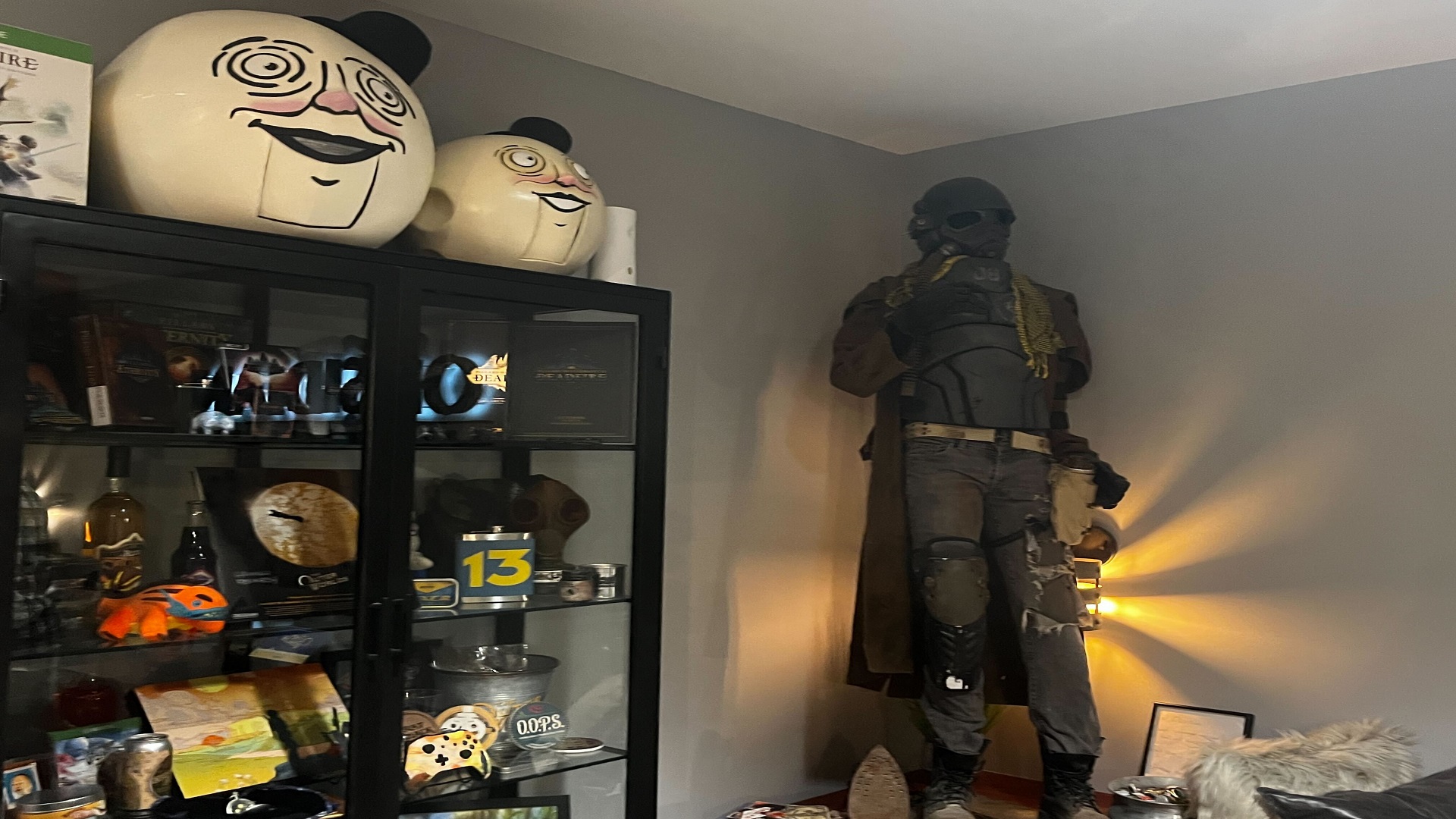
The entrance to Obsidian Entertainment greets you with the studio name lit up in the center, framed by all manner of collectibles that showcase all of the games the developer has brought us over the years, from Fallout: New Vegas, to Grounded, and much more.
As character creators go, it’s pretty extensive, and I love how my chosen background is almost immediately reflected in dialogue options. The ensuing prologue sees me washed up on a beach, after the beginning of my journey aboard a ship goes awry. It’s here I learn Avowed’s ropes – from looting axes from a poor unfortunate footsoldier who didn’t make it in one piece, to finding a grimoire beside some washed up boxes, it’s a nice opportunity to switch up my loadout before parkouring over debris. Even in the opening area, I’m pleased to discover there’s already plenty to discover and do, with areas to explore and involved sides quests and encounters. One, for example, sees me stumble upon a prisoner who begs me to release her, even if my companion thinks I shouldn’t trust her word. It’s then left up to me to decide if I want to help her, or leave her behind bars. Landing on the former, the prisoner ends up joining me in battle and adding to conversations later on, which makes it feel as though my choices matter.
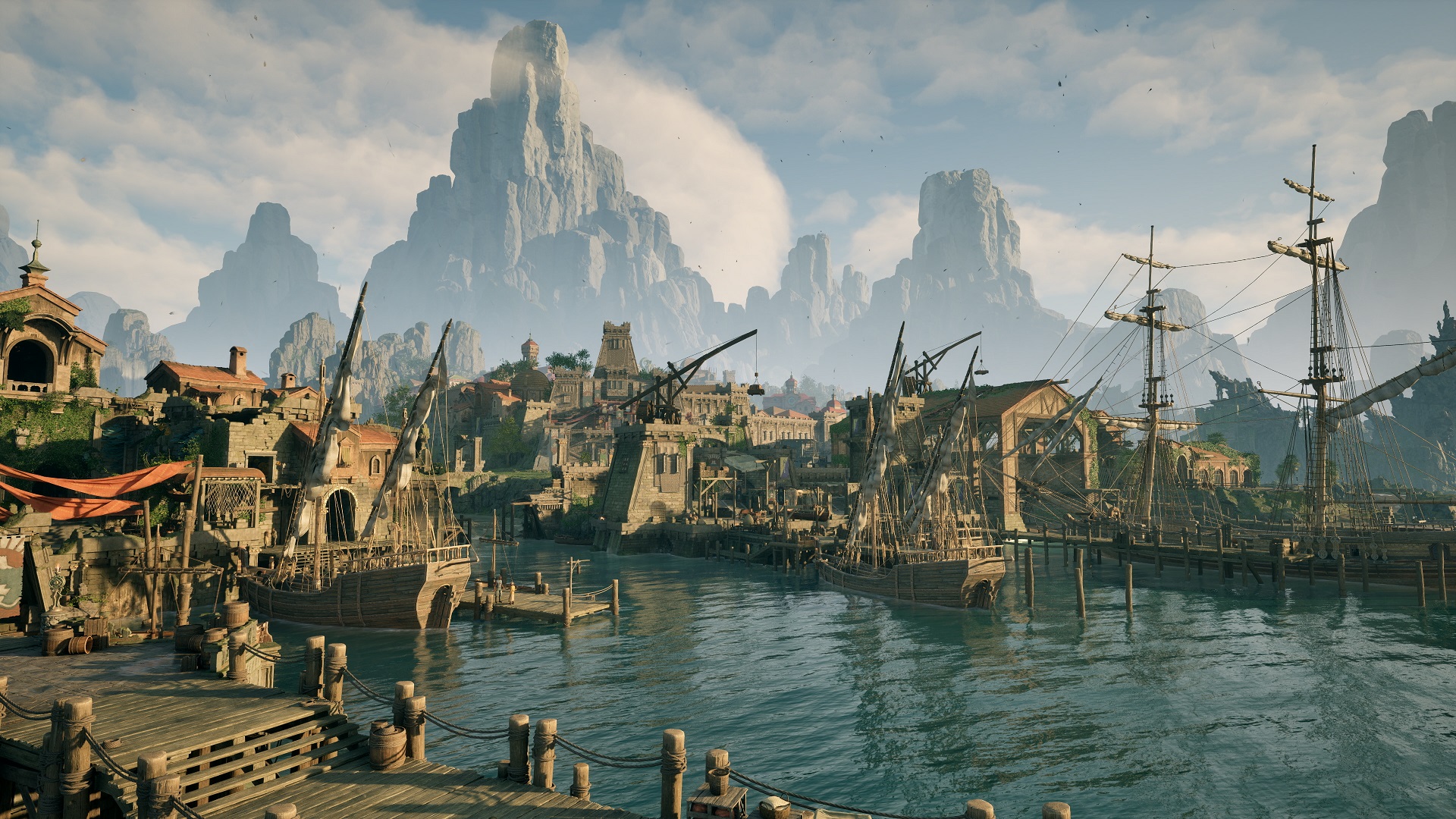
But what speaks to me more is the duality of the role I have in the Living Lands and the obvious tensions that arise because of it. It’s apparent, even early on, that I’m something of an outsider in the world, trying to get to the bottom of not one but two mysteries. As an Envoy of the Aedyrian empire who is sent by the emperor to investigate a mysterious plague that’s spreading throughout the regions of Eora, I’m also trying to understand why I’m a Godlike and what that connection means. Plus, since being a Godlike manifests through my unique physical appearance – which unfortunately shares similarities with signs of the plague – many I encounter are wary of me, with a scout accusing me of being infected because of my markings. That kind of feedback from others in the world allows me to feel like I’m really in it, even if I don’t yet know my place in it.
As game director Carrie Patel tells me, the decision to cast players as a Godlike Envoy draws from the way the team has previously approached stories in the Pillars of Eternity universe.
“There’s always this really neat mix of a very grounded political story and then kind of this more mysterious, esoteric, metaphysical story about souls and past lives and the gods and all of these weirder mysteries,” Patel says. “And one thing that we worked with very early on – and I remember, Kate [Dollarhyde, senior narrative designer] and I actually brainstorming for several days on the whiteboard a couple years ago – was, ‘How do we give the player stakes in both of those stories and a foot in each of those worlds?”
The Living Lands

Prior to my hands-on session Patel stated that RPGs are the studio’s “bread and butter”, and much about Avowed speaks to the developer’s past experience. Whether it be the history and lore tab brought forward from Obsidian’s 2016 RPG, Tyranny (which gives you more explanation about key events, names, or references in conversation should you need it), or the option to play in either first-person or third-person like Grounded, I’m already starting to see how Avowed is like a mixture of the studio’s “greatest hits”, as Hansen put it. Right down, even, to the structure of the world of Eora we can explore.
Moving on to the next region, Dawnshore, I get a taste of the open zone format which has allowed the team to be more hand-crafted in their approach to every region. “We took the open zone approach with The Outer Worlds,” Patel tells me, “so it was obviously a structure that we were familiar with. We knew how to build both technically and creatively in Unreal but also, I think, a couple things that it does is it allows you to create a distinct aesthetic and a distinct set of characters and story lines and kind of sense of place in each region.”
In Dawnshore, just like the prologue, there’s so much to see and do outside of the main quest line. I frequently experiment with my combat loadout to use the environment to my advantage – one instance, for example, sees me send out fire spells from my grimoire to trigger flammable explosives that litter the landscape of an enemy camp. Smaller side quests also draw me off the beaten path, and lead to surprising outcomes – such as the time I encounter a Dawnshore resident who needs help reclaiming their cabin, which has been invaded by lizard-like creatures known as xaurips.
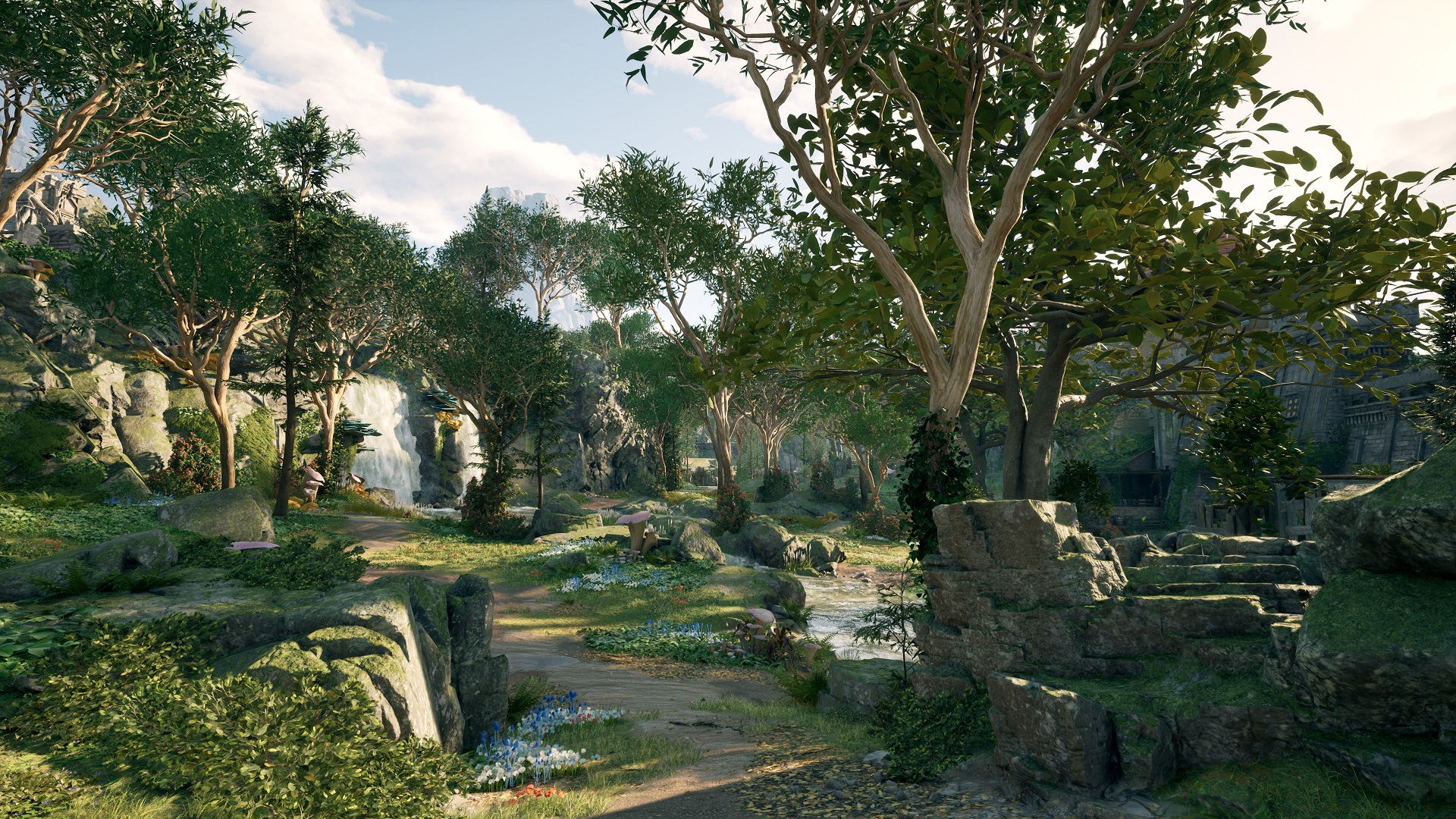
Accompanied by my blue scaly companion Kai, a mercenary soldier who sounds just like Garrus Vakkarian, the core quest tasks me with locating the Strangleroot, which seems to be a large twisty tree in a forested area where a Aedyrian ambassador seemingly got lost. But with plenty of people to meet and talk to, and smaller side quests to distract me from my goal, the sense of scale feels a little more expansive than some of The Outer Worlds’ zones from what I’ve seen so far of the first area.
What I spend most of my time doing, though, is fighting. That’s because the game’s flexible combat system is a huge part of what makes Avowed stand out. With various loadouts to chop and change on the fly, from wielding wands to guns and swords and shields, to throwing out fireballs and ice from grimoires, the many options at my fingertips encourage me to experiment and mess around to find my preferred combat style. I end up opting for a two-handed great sword and bow and arrow combo, which I can switch between quickly in combat by hitting Y. While the great sword delivers heavy, satisfying blows, the trade-off is it’s quite slow and I have to up my dodging game. Even each weapon’s positives and negatives feed into the greater choice and consequence-leading approach of Avowed – any weapon you choose can change up how combat feels and plays.
Looking ahead
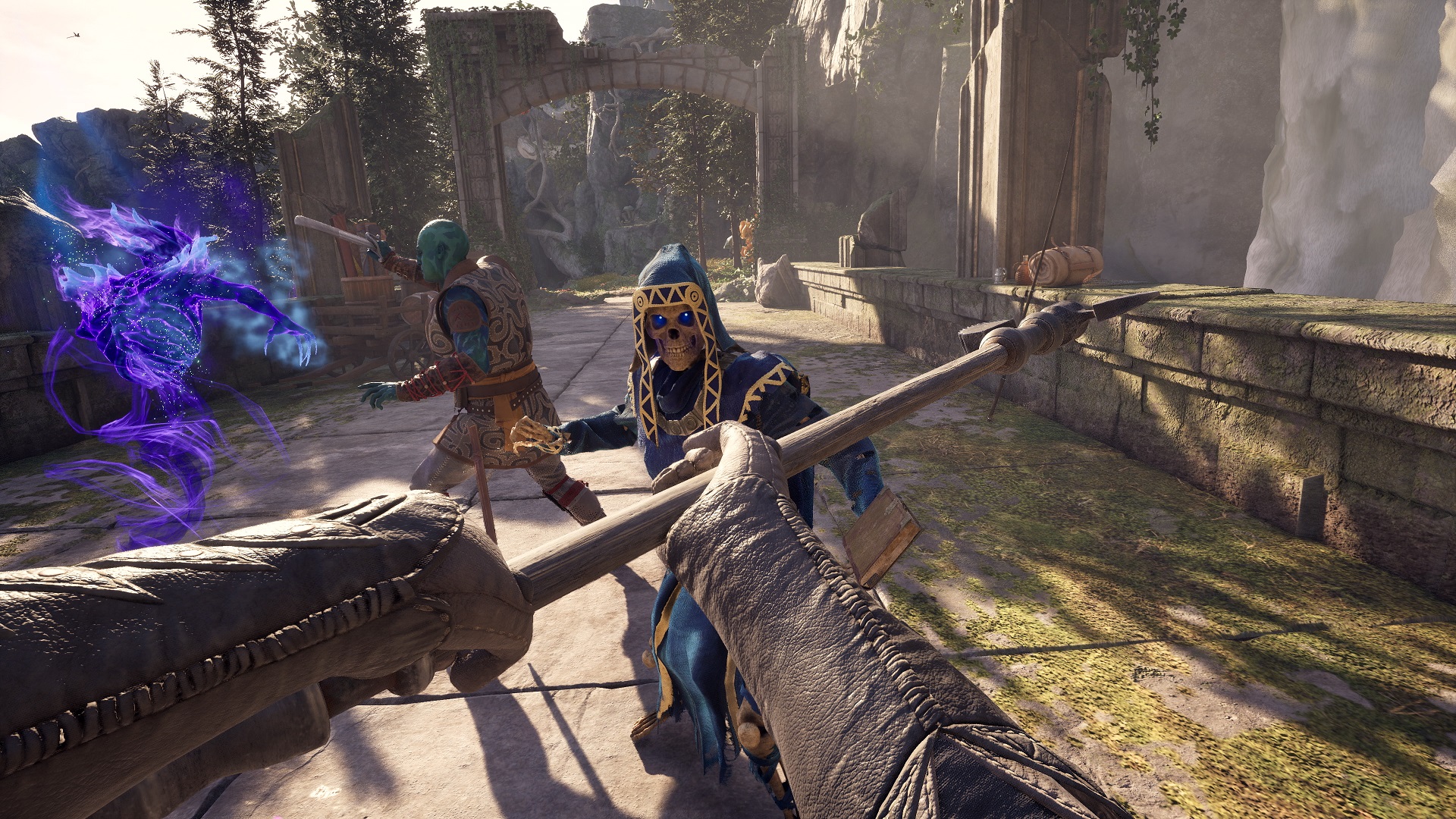
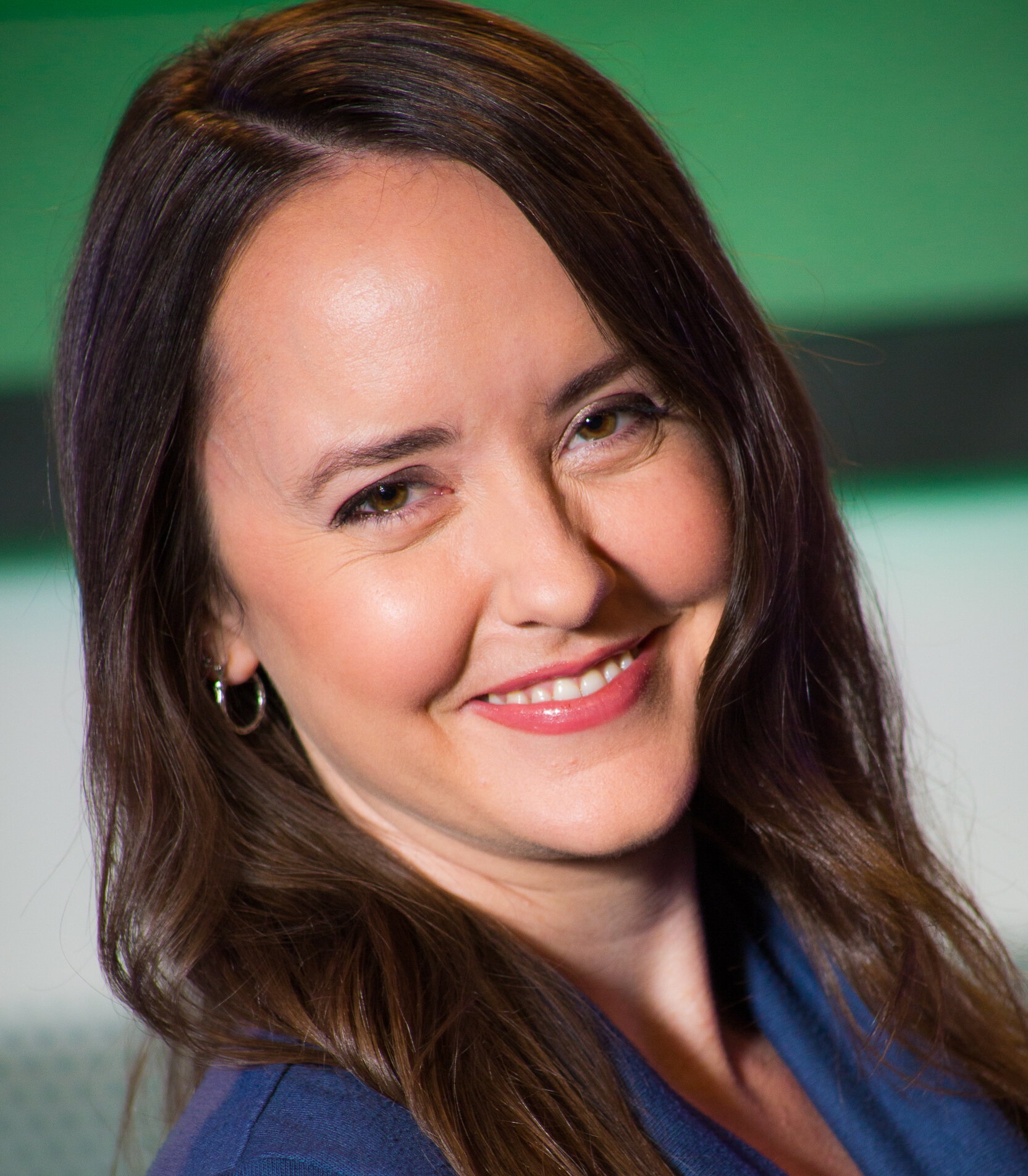
“We’re very confident that Avowed is going to stand on its own.”
As someone who lives for fantasy RPGs, it feels like we’ve been really spoiled for choice in recent times after quite a long stretch without any major releases. With the likes of 2023’s Baldur’s Gate 3 and the long awaited arrival of Dragon Age: The Veilguard just last month, Avowed eyes the fantasy RPG space of 2025. I’ve admittedly been tentatively excited about the prospect of Obisidian’s new adventure, but after my hands-on time, that excitement feels more tangible. It may not tick every single box I look for in the genre (I’ve always been a big fan of romance in RPGs, which Avowed doesn’t feature), but just from my brief session alone, I can see how it’s putting choice and consequence at the forefront in almost every respect.
Since its initial reveal back in 2020, Skyrim has become the most common point of comparison – particularly in regard to combat. But as I spend more time speaking to the team and trying out the game, it’s Obsidian’s hallmark approach to RPGs that shines through the most. When launch day arrives, Avowed will be releasing either side of other big RPGs – the February 18 date is flanked by the likes of Assassin’s Creed Shadows and Monster Hunter Wilds. But as I leave the California studio where the upcoming adventure has spent five years in development – and where it will soon join the rows of games displayed proudly at its entrance – it’s easy to see why the team is so confident Avowed will make its mark as a true “Obsidian-style” RPG.
“The really wonderful thing about the modern age as a gamer is you’ve always got great new stuff coming out,” Patel says, “And so I don’t think you’re ever going to find a window where absolutely nothing is coming out and you’re going to be the only one out for a month. But we’re very confident that Avowed is going to stand on its own. I’m very excited about a lot of those games coming out personally, and I think that we’re also [offering a] very distinct experience from them. Players who want an Obsidian style RPG, with our approach to choice and consequence and our very nuanced take on narrative are going to find exactly what they’re looking for with Avowed. And the time that we’ve gotten in extending to February has just given us more time as a team to fix bugs and kind of do those final tuning passes.”
Avowed is set to release on Xbox Series X/S and PC on February 18, 2025. See what else awaits us with our roundup of upcoming Xbox Series X games.
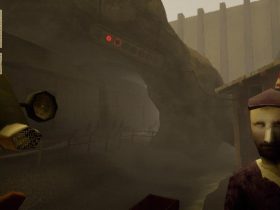
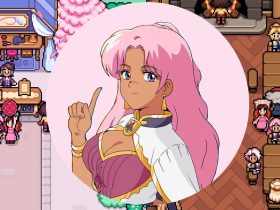



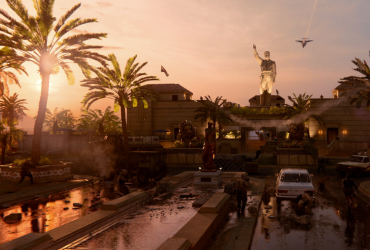

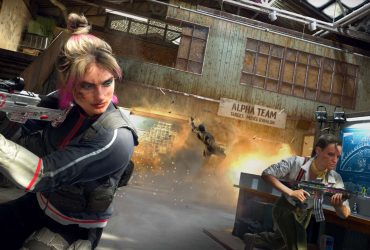

![Dynasty Warriors: Origins Hands-on Preview - Looking for a Comeback [Wccftech]](https://esportvoice.com/wp-content/uploads/2024/11/Dynasty-Warriors-Origins-Hands-on-Preview-Looking-for-a-Comeback-370x250.jpeg)

Leave a Reply